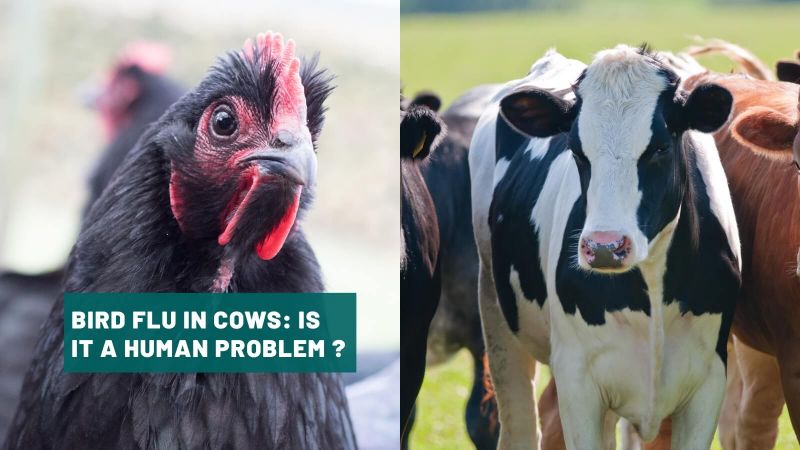Polio
 This advance alone has saved millions of lives, and the World Health Organisation is close to eradicating polio completely through its worldwide vaccination programme. Forty years of research using monkeys and mice led to the introduction of the vaccine in the 1950s.
This advance alone has saved millions of lives, and the World Health Organisation is close to eradicating polio completely through its worldwide vaccination programme. Forty years of research using monkeys and mice led to the introduction of the vaccine in the 1950s.
In the early 20th century, most medical professionals suspected polio was an infectious disease, but had little proof. In 1908, Dr Karl Landsteiner and Dr Erwin Popper used extracts from the spinal cord of a boy who had died from polio to replicate the disease in monkeys. These experiments allowed the disease to be transmitted from monkey to monkey, providing an invaluable model of the disease that could be studied.
One of the triumphs of medical research is that most people today in developed countries are unaware of the horror of polio (or infantile paralysis) - a viral disease involving the spinal cord and brain which leaves severely affected sufferers unable to breathe without a ventilator or "iron lung".
But mentioning this crippling disease to people born before the 1950s can elicit unpleasant memories. The author Jane S Smith says in her book Patenting the Sun: Polio and the Salk Vaccine:
"The tales tumble out. First the memories of childhood summers spent in protective detention, exiled from city, shore, swimming pool, amusement park, movie theatre and wherever else the all powerful adults thought contagion may lie. Children were taught to be afraid of polio, to regard it as a fierce monster that lurked in the damp hollows of their experience."
By the early twentieth century, bacterial diseases had been extensively studied and antibiotics were beginning to have an impact by the 1940s. Viral diseases, however, remained difficult to study. At this time, Dr John Enders and his colleagues developed a culture technique which allowed the polio virus to be grown in human tissue. They discovered that the virus not only grew in brain tissue as expected, but in other types of human cells.
As the virus was too small to be seen with any available technique, there was only one way that Dr Enders could check that he had extracted the virus from mouse brain tissue and grown it in culture. This was to inject the culture fluid into mice and monkeys, where it produced paralysis typical of polio.
In the 1950s, after 40 years of research using mice, rats and monkeys, polio vaccines were developed and used to treat the disease. Today, polio is virtually unknown in the United States and Europe and instances of polio have decreased significantly throughout developing countries. The World Health Organisation launched a worldwide vaccination programme in 1988. By 2002, the number of worldwide cases was reported to have fallen to just 480 a year, compared with 350,000 in 1988. However, several hundred cases were reported in India in 2007.
IMAGE©ROTARY INTERNATIONAL



